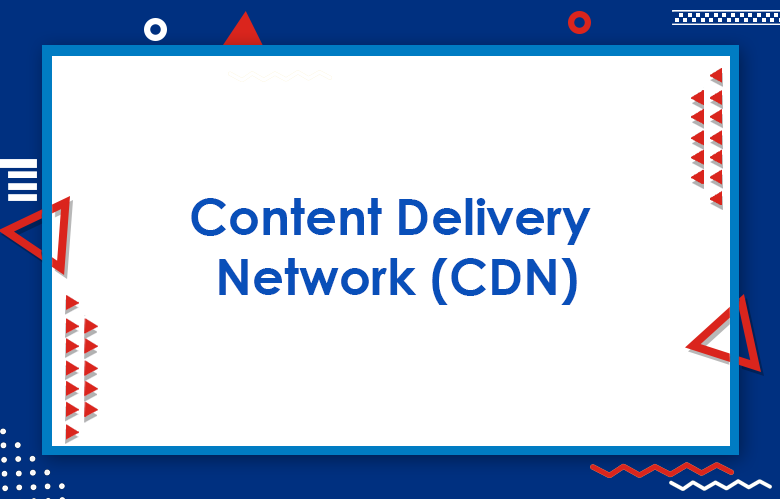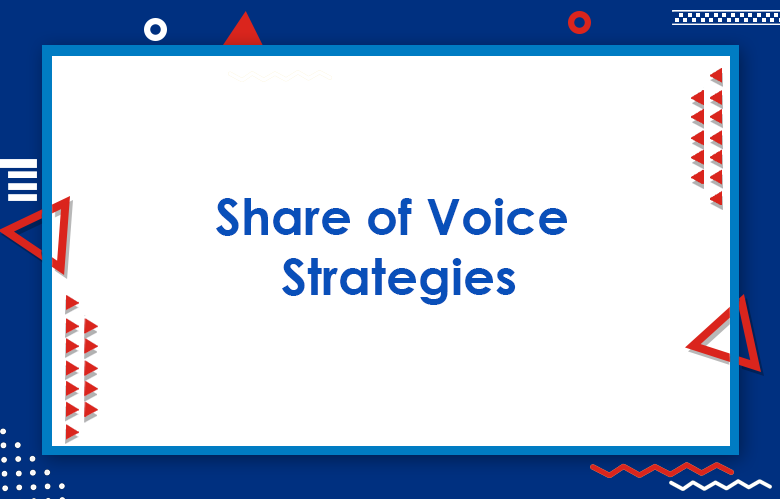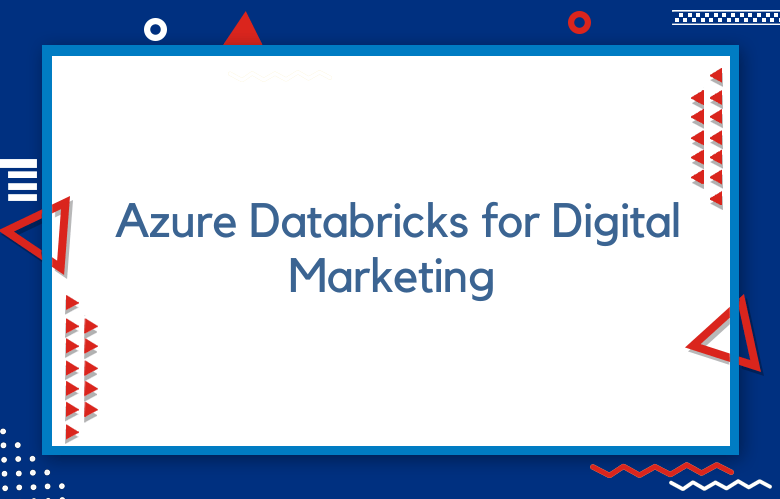Content Delivery Network (CDN) : The Ultimate Guide

A content delivery network provides an alternative server for the users to download the resources. The server nodes generally spread along and get closer to the users with quick responses, decreasing the reduced download time due to latency.
What is a Content Delivery Network?
CDN is the best solution for websites that are very slow to access information and download content. Content delivery networks are essential for dispersed servers geographically.
The CDN is the best solution for most websites looking to improve download speeds.
Cloudflare
Cloudflare is a US-based company that provides content delivery networks, internet-related security services, and other domains.
Content delivery networks are critical as they can provide the best way to enhance and boost website speeds and optimize the site for the user’s comfort when accessing content online.
Cloudflare acts as a proxy that was reversed when it comes to websites. The service provided by Cloudflare protects the networks and boosts the speeds for mobile and desktop browsers.
Cloudflare offers different services like DDOS protection, Firewall web applications, DNS, etc. The DDOS protection services provide different setting modes. The platform can claim advanced attacks by representing JavaScript with a challenge.
Cloudflare allows customers on different paid plans to utilize the web application firewall services. The platform also offers free DNS for all its users on any other network.
Cloudflare also provides reverse proxy services along with content delivery network-related services.
Cloudflare has become the first company to activate HTTP/2 Server push, which is at least technology that allows Pages and applications to load much faster than any other.
MaxCDN
MaxCDN is a content delivery network provider. The company maintains edge servers where customers’ additional files are replicated in multiple locations worldwide.
It provides the end user browser with dynamic routing and instructs it to display a copy of MaxCDN’s precious content files at the location nearest to the proximity.
MaxCDN supports open-source software also.
Azure CDN
The Azure content delivery network strategically caches static content across the web to locate the maximum throughput for delivering the content to users.
The content delivery network generally provides the global solution for high-bandwidth content delivery to its clients across the web by caching the content with physical nodes across the globe.
Utilizing CDN to cache the website is very beneficial. It can improve end-to-end user performance, especially for apps with multiple round trips necessary to load the content.
It can also be utilized to handle the high instantaneous loads that generally start the product launch events and even the distributing networks to serve the content across the edge of the servers.
The Azure network offers storage and cloud-based services along with the support of web applications and media services.
It also offers complete HTTPS support, perfect load balancing, and DDOS protection.
It also ensures better custom domain name support and country filtering features with the core analytics service, which are very important for clients.
Amazon CloudFront
Amazon CloudFront is a content delivery network service that boosts content delivery to websites with API, video content, and other web assets.
It also integrates with Amazon web services to quickly accelerate the content to end users without minimum usage.
Amazon CloudFront services are designed for content delivery networks to serve static assets like CSS and JavaScript from the edges of cache locations.
The edge cache locations are generally groups of servers distributed worldwide optimized for the high throughput of serving static files.
By utilizing the latency of the DN resolution, Amazon routes the requests across the particular assets towards the edge cache locations for the end-users to reduce the latency and improve the speed.
Google Cloud content delivery network
Google Cloud CDN globally distributes edge points to accelerate the continuous delivery of different web applications.
That serves out the Google computing engine. Google content delivery networks decrease latency and offload and reduce serving costs.
The CDN was firmly integrated with the Google Cloud Platform and enabled the cloud CDN in a single node to utilize the cloud platform console and provide complete visibility to the site.
Advantages of Using CDN
The utilization of the content delivery network has become a trend in the internet community.
Content delivery networks generally provide the most effective data across different nodes.
Advantages
• It decreases the load on servers
• It delivers the content very fast
• It is available entirely with cent percent.
• It also increases the concurrent user’s number
• It has more control over the asset
Disadvantages
• It is practically not perfect for many organizations
• It is costly
• It costs very high per Gigabyte
• Its support is not exclusive and might not be perfect
• Maintenance
• Verification-related issues etc.
Therefore, content delivery networks are the best way to boost website speed beyond a few advantages.
So, organizations have to build up vital content delivery networking with the above different CDNs
Conclusion:
Call: +91 9848321284
Email: [email protected]




[…] content delivery network (CDN) is a distributed server system that delivers web content to users based on their geographic […]
[…] tricking individuals into revealing sensitive information through deceptive emails. Similarly, DDoS attacks overwhelm systems with traffic to disrupt […]